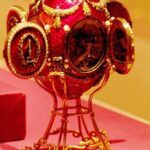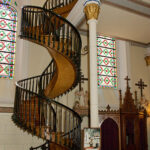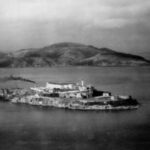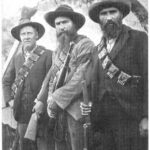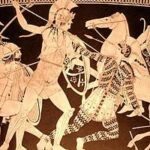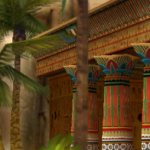Ank
It’s a very ancient Egyptian symbol, Ankh means “life”, both as the existence on earth as the eternal one. On the Egyptian bas-relief it often appears in the god‘s hand.…
L’anima nell’antico Egitto
Ci sono tre diversi principi spirituali nella vita dell’uomo egizio. L’Akh, una forza spirituale e sovrannaturale, è rappresentato dall’Ibis Piumato, lo stesso segno geroglifico forma la radice del vero “essere…
LIBRO DEI MORTI
TESTI RELIGIOSI – ANTICO EGITTO Il libro dei Morti è una raccolta di testi funerari di epoche diverse, contenente formule magiche, inni e preghiere che guidavano e proteggevano l’anima (Ka)…
CORONE DELLE REGINE
ANTICO EGITTO La più antica insegna di regalità femminile, la corona, risale all’Antico Regno ed era la spoglia di avvoltoio. Ovvero, un copricapo aderente formato dalla testa dell’avvoltoio posizionato sulla…
GRAVIDANZA E PARTO
LA DONNA NELL’ANTICO EGITTO Gli egizi adoravano i bambini e fonte di gioia era ogni nascita. La gravidanza era vissuta dalla donna con grande senso di responsabilità, si preparava seguendo…
Calendar
With no doubt the Egyptians have been the first to invent a solar and rational calendar. Their year was made of 365 days and divided in 12 months of 30…
Pharaoh Shepseskaf
Pharaoh Shepseskaf, Micerino’s son, last king of the IV Dynasty, was he who completed the whole funeral complex begun by his fathe
Pharaoh Chefren
Pharaon Chefren Chefren, Khaf Ra, in the original Egyptian denomination, he was the fourth pharaoh in the IV Dynasty, ascended to the throne as his brother Radjedef’s successor. He too,…
Mines in Ancient Egypt
The mines that the ancient Egyptians exploited, were all in the desert. There were deposits of copper, of malachite and of turquoise in Synai and east of Koptos and in…
